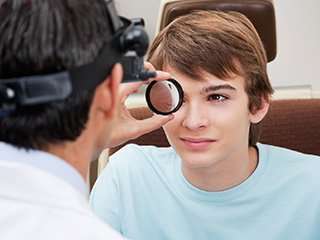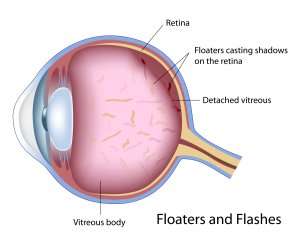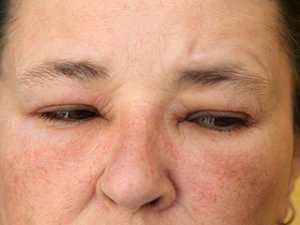Blog

Reading Glasses
During the normal aging process, components of your eyes change in shape and flexibility. This frequently corresponds to vision changes that may make it difficult to see close objects. Although not all adults experience these changes, many find that they need reading...

Eye Twitching
Few eye issues are as simultaneously subtle and annoying as a twitch that comes on suddenly and/or recurs frequently. A twitching eyelid may not appear visible to the people around you at all, but it can make you feel highly self-conscious and drive you to search for...

Double Vision
Double vision, also known as “seeing double” or the medical term diplopia, is the perception of two images of a single object. This occurs when two nonmatching images are sent to the part of the brain that processes visual input. Over time, the brain eventually begins...

Hyperopia (Farsightedness)
An eye condition affecting roughly 50 percent of individuals who need glasses, hyperopia (commonly called farsightedness) is characterized by difficulty focusing on nearby objects while being able to see objects at a distance properly. Hyperopia occurs when your...

Photophobia
Do you find yourself squinting or closing your eyes in bright light? It could be photophobia or acute light sensitivity. Eyes are designed to respond to light, but certain conditions can create light sensitivity. Exposure to sunlight, fluorescent light, incandescent...

Ptosis
Ptosis (TOE-sis) refers to an upper eyelid that droops and can occur in children or adults. The droop may be hardly visible, or it could cover the entire pupil. Depending on the severity of the droop, it could interfere with vision. People with ptosis may try to lift...

Sleep in the Eyes (Eye Discharge)
Sometimes referred to as "sleep" or eye matter, eye discharge that appears in normal consistency upon waking is a typical part of your body's defense mechanisms, protecting your eyes from bacteria or other irritants. Eye discharge that appears in abnormal consistency,...

Flashers and Floaters
Many people experience small, dark, cobwebby shapes drifting across their field of vision. These floaters are especially common as people age. Flashes, a similar phenomenon, are quick flickers of light. Both are usually harmless, but, occasionally, can be a sign of...

Swollen Eyelids
Swollen eyelids are a fairly common eye condition caused by inflammation or excess fluid in the connective tissues surrounding the eye. Depending on the cause, swollen eyelids can be painful or not painful and affect the upper eyelid, the lower eyelid, or both....

Cytomegalovirus (CMV) Retinitis
Cytomegalovirus (CMV) retinitis is a serious disease causing compromised vision and ultimately a total loss of vision. CMV retinitis is typically associated with Acquired Immunodeficiency Syndrome (AIDS). In the early days of the AIDS epidemic, nearly one-quarter of...


